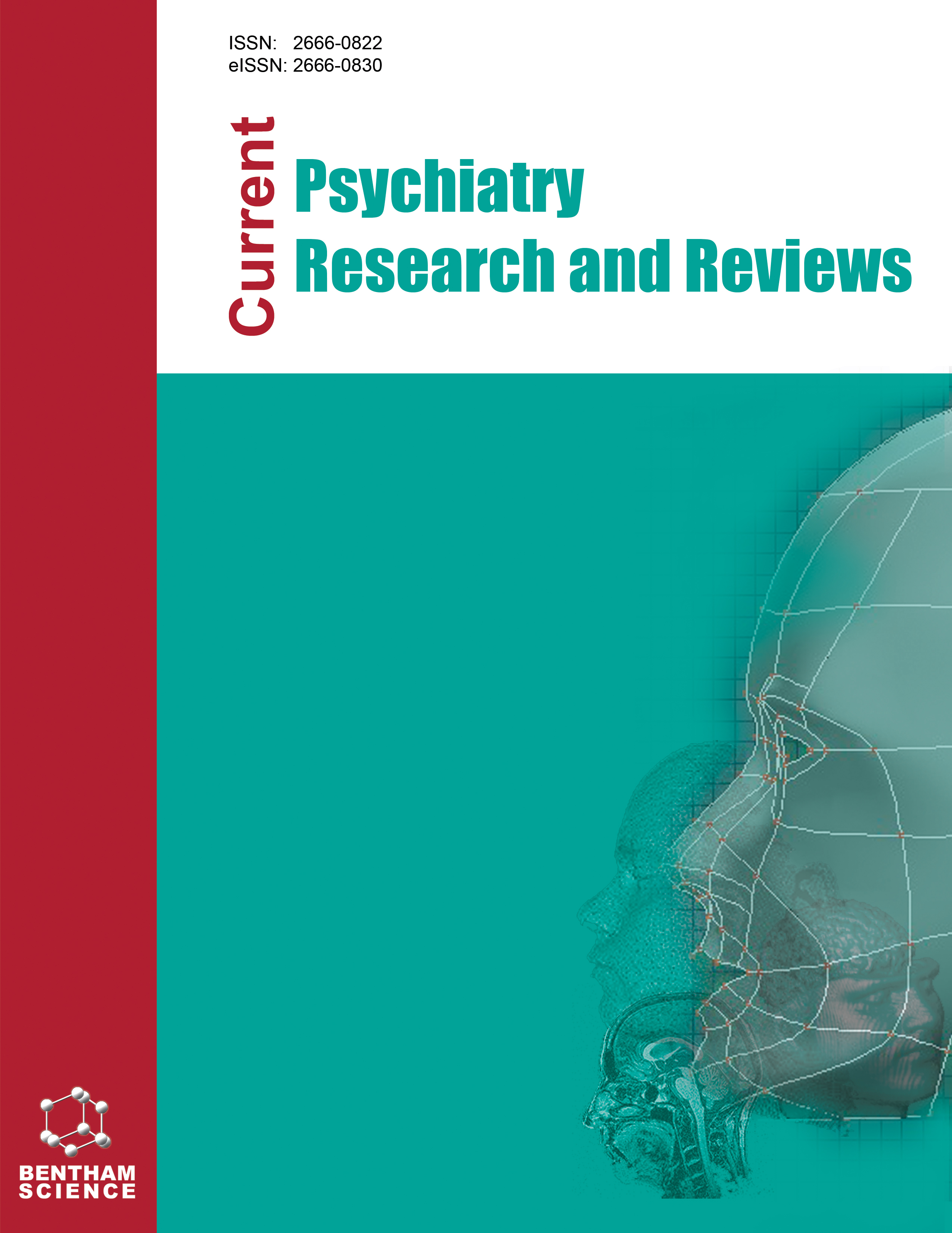
Full text loading...
We use cookies to track usage and preferences.I Understand

Obsessive-compulsive disorder (OCD) frequently co-occurs with tic disorders (TD) and attention deficit and hyperactivity disorder (ADHD). Data on adults are limited because most studies focus on children.
We aimed to investigate the clinical and sociodemographic impact on adults of the comorbidity of OCD with ADHD or TD.
We screened 356 adults seeking treatment for OCD in a cross-sectional observational study for past or present ADHD and TD. We used the Yale-Brown Obsessive-Compulsive Scale (Y-BOCS), Hamilton Depression Rating Scale-17 Item (HDRS-17) and Beck Anxiety Inventory (BAI). We also questioned parameters mainly involving adult life, such as marital status, unemployment rate, educational attainment, suicide attempts (SA), hospitalization, alcohol use disorder (AUD), substance use disorder (SUD) and smoking.
Of 356 adults, 71.07% had OCD only, 15.45% OCD+ADHD, 8.15% OCD+TD and 5.34% OCD+ADHD+TD. Y-BOCS scores did not differ among these categories. The comorbidity of ADHD was generally characterized by higher HDRS-17 and BAI scores, higher prevalence of AUD/SUD, fewer years of education and a higher percentage of non-married, divorced, and unemployed individuals. SA and rates of hospitalization were similar across the four categories. TD had no relationship with any of these characteristics.
In adults with OCD, past or present ADHD has deleterious effects on anxiety, depressive symptoms, educational attainment, employment and marital status, whereas TD is not associated with any worsening of clinical or sociodemographic characteristics.

Article metrics loading...

Full text loading...
References


Data & Media loading...